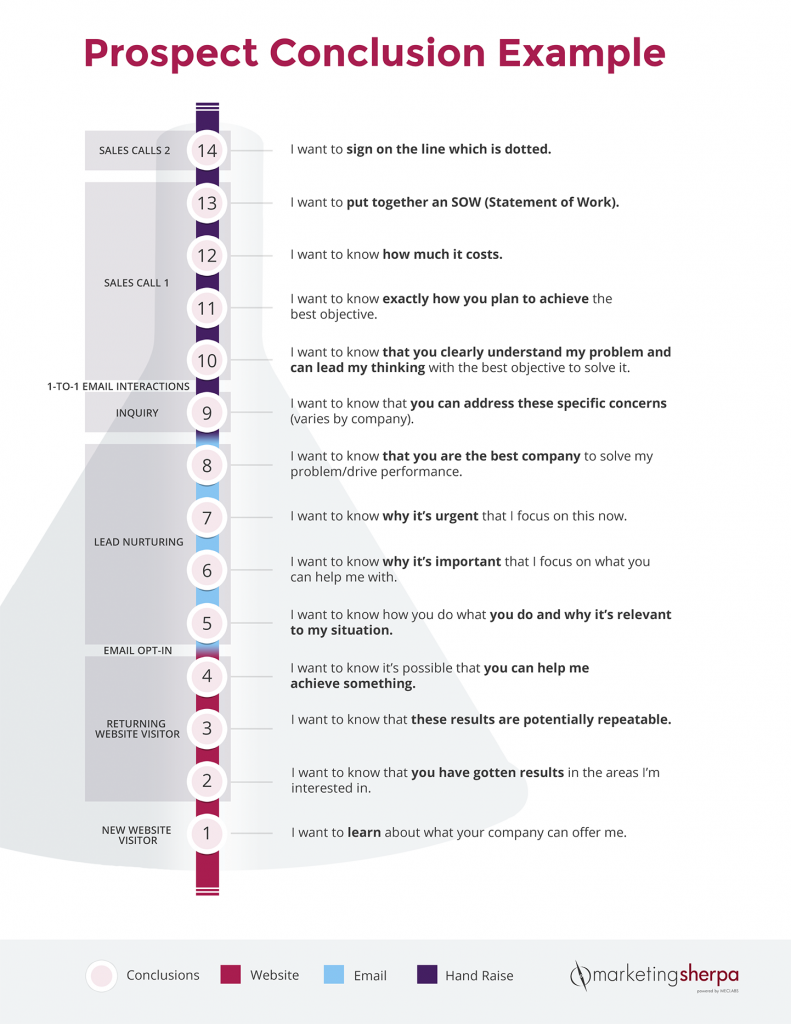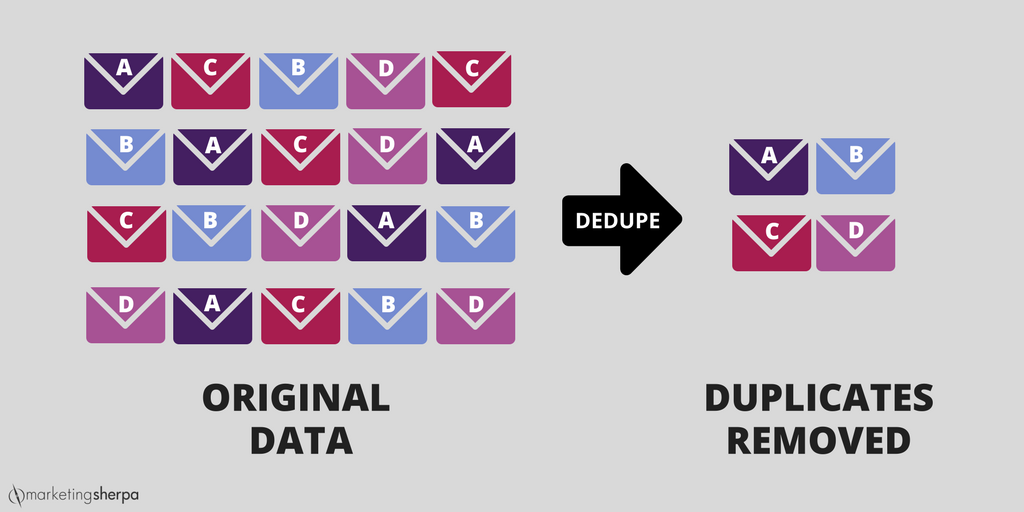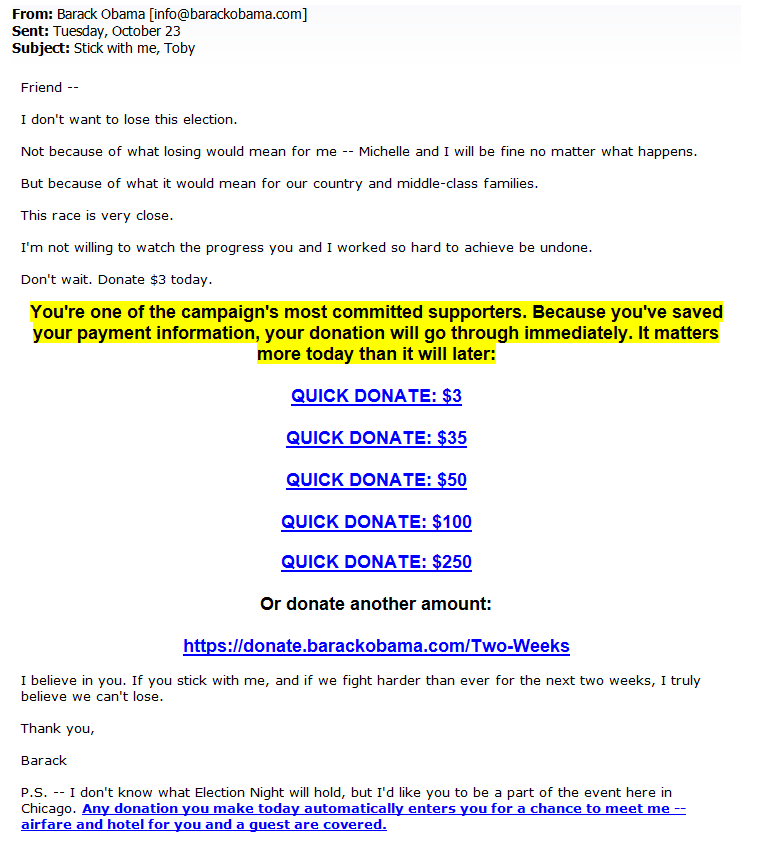Mobile: Device or segment? (MarketingSherpa Podcast Episode #2)
You might be reading this blog post on a smartphone. Or perhaps you’re about to listen to this podcast on your phone. Because mobile has taken over. We have all become cyborgs now — part human, part machine.
Don’t believe me? Just trying going without your phone for 24 hours. Go ahead, I dare you.
As a marketer, these societal changes should spark some curiosity questions. How do these customer behavior changes help you help the customer make the best decisions? How can you better serve customers on mobile devices and increase marketing performance?
And really, what is mobile anyway? Is it a device — just the same people we’re trying to reach on the desktop but with less screen space? Or is it a segment — people’s behaviors (and perhaps even the people) are so different when they’re on a smartphone that we need to approach them in an entirely different way.
We cover this topic in MarketingSherpa Podcast Episode #2. You can listen to this episode below in whichever way is most convenient for you or click the orange “Subscribe” button to get every episode sent right to, let’s face it, your phone.
Listen to the podcast audio: Episode 2 (Right mouse click to download)
More about episode #2 – You must consider the human behind the device
Mobile marketing is a hot topic, but don’t just think about it in terms of technology. Or usability.
As with any other human communication mechanism — from the caveman grunt to the printing press to the secret handshake to the telegraph, radio, email, you name it — using the mechanism correctly is just table stakes. It’s all in the nuance of how you use it.













